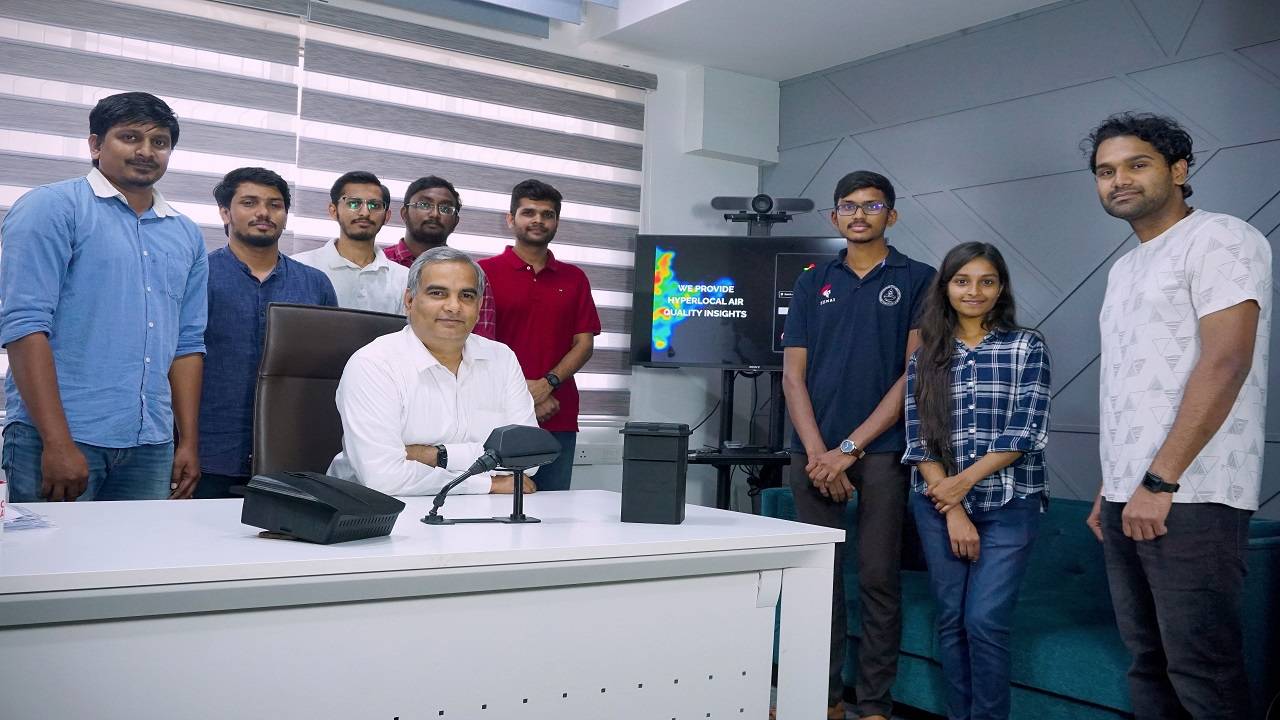
Indian Institute of Technology Madras (IIT Madras) Researchers have developed a low-cost mobile air pollution monitoring framework in which, pollution sensors mounted on public vehicles can dynamically monitor the air quality of an extended area at high spatial and temporal resolution.
Traditionally, ambient air quality is measured in monitoring stations and reported as ‘Air Quality Index’ (AQI). Since these stations are at fixed locations, they only measure the air quality of a small geographic area.
Air pollution however is dynamic with locations just a few hundred meters away from each other exhibiting different levels of pollution. Levels can also vary at different times of the day. However, setting up more stations is not practical because of the high costs.
IIT Madras Researchers, have developed a new IoT-based mobile air pollution monitoring technology wherein low-cost air quality sensors are mounted on vehicles to gather spatio-temporal air quality data. For the cost of a single reference monitoring station, it would be possible to map an entire city at high resolution using these low-cost mobile monitoring devices.
Led by Prof. Raghunathan Rengaswamy, Dean (Global Engagement) and Faculty, Department of Chemical Engineering, IIT Madras, Project Kaatru (air in Tamil) leverages IoT, big data, and data science to achieve the following goals:
- Obtain pan-India hyperlocal air quality map
- Exposure assessment for each Indian citizen
- Data-driven solutions for policy, intervention, and mitigation strategies
Elaborating on the findings of this Research, Prof. Raghunathan Rengaswamy, Faculty, Department of Chemical Engineering, IIT Madras, said, “Interestingly, one specific location showed a significant spike of PM2.5 pollution between 2 am and 3 am. This was associated to trucks carrying milk from a major milk distribution hub in this location at this time. PM2.5 spikes were also found in school neighbourhoods during school start and end hours and in commercial zones during peak hours.”









